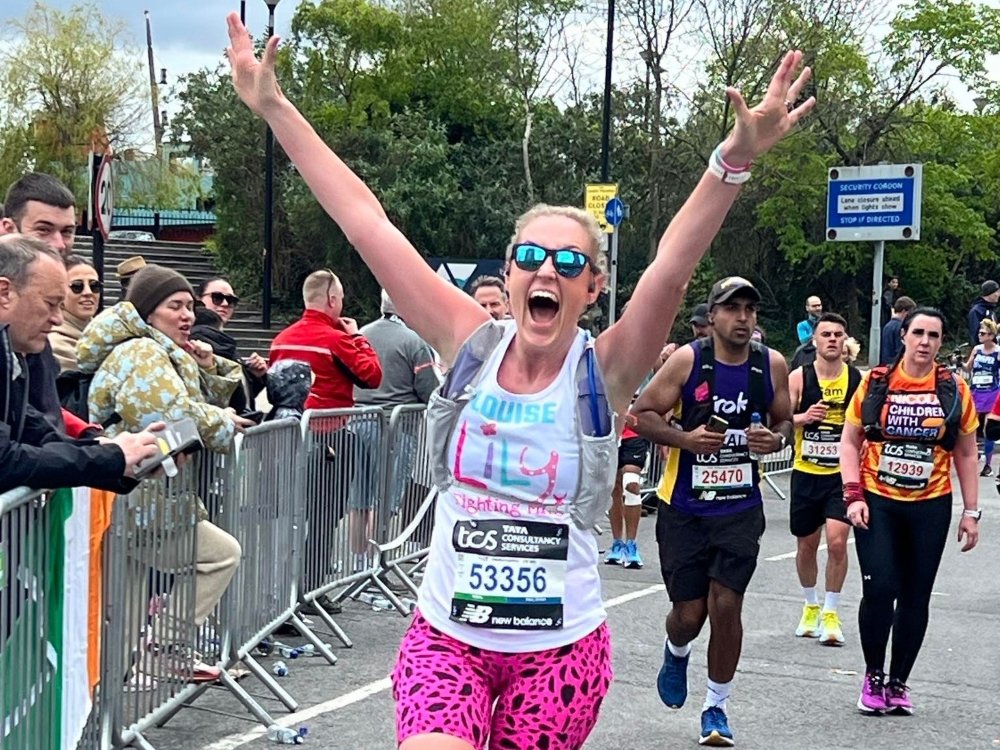There are more ways than ever to get into running whilst making a difference these days – from iconic races like the London Marathon and Great North Run to community events like parkruns or family-friendly fundraisers like Cure EB’s Butterfly Run.
Whether you’ve recently signed up to run with Team Lily to help fight mitochondrial disease, or you’re simply starting (or restarting) your running journey, Jenny Dixon, professional running coach and personal trainer at Fit4Life, is here to help.
Here Jenny shares practical, encouraging tips for beginner runners and those returning after a break, helping you to build fitness, stay motivated and enjoy every step.
- 1. Start slowly to go far
Jog as slowly as possible – even if you feel you could walk faster! This will help to keep your steps short, avoid over-striding and reduce the risk of injury. One of the most frequent mistakes beginner runners make is running too fast, which is tough on the cardiovascular system and makes you feel horrible, as if you’ve failed somehow. Don’t be afraid to use walk/jog intervals, as this is a very effective way to improve your aerobic fitness.
- 2. Plan your runs your appointments
Schedule your runs in advance, add them to your diary and treat them like any other appointment. This helps with sticking to your training plan. If time looks to be an issue, can you change the way you do something currently (for example, could you run to work, run home from the school run or run back from somewhere you’re going with family or friends)?
- 3. Be smart with snacks
To prevent stitch, avoid eating for two hours before running. Beginner runners are more prone to stitch and whilst there’s no definitive explanation behind the cause, many runners find that leaving a decent period of time after their last meal or snack helps reduce the chances of stitch occurring. The good news is that as your fitness improves, the dreaded side stitch will happen less!
- 4. Follow the 10% rule
One of the most common reasons people suffer an injury is due to ramping up their training too quickly. A general rule of thumb is not to increase mileage, time or intensity by any more than 10% per week. Sticking to a structured training plan, such as Couch to 5k, can help you keep to the right level of intensity for your ability and stay on track.
- 5. Prioritise rest and recovery
Don’t run on consecutive days. Your body needs time to adapt to this new form of exercise and recovery days are an important part of that process. That’s not to say you need to literally rest all day... just rest from running. You can still take part in other forms of exercise or keep moving frequently throughout the day, which can actually help with any DOMS (delayed onset muscle soreness) you may be experiencing.
Training for a Lily fundraising event is a great way to get fit without paying expensive gym fees! Signing up is free, and we have places available at some of the UK’s most popular charity runs, rides and obstacle courses. To find out more about all the challenges available, and join us in the fight against mitochondrial disease, visit our events page.




